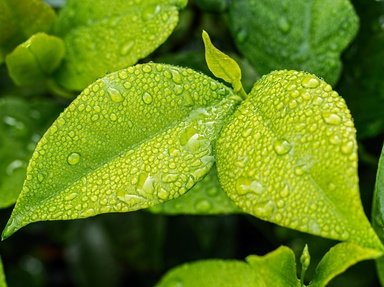Quiz Answer Key and Fun Facts
1. If you are walking along an English country lane and meet someone who says he is a batologist, which forager's dream would he be studying?
2. Not as edible as hazelnut, sweet chestnut, or walnut, which nut from the Fagus tree grows inside a distinctive three-angled husk in a softly-spined little shell?
3. The flowers from my delicate little creamy white blooms, shown on this image, can be made into a cordial but on which bush can I be found?
4. "Jack-by-the-hedge" is an olde English name for which variety of edible plant?
5. You could easily forget the time when you're out foraging for plants if it wasn't for the species called 'Taraxacum officinale'. What is its more common name?
6. This plant has been made into a popular British drink since medieval times as well as being the inspiration for the product, velcro, because of its burrs. Which plant is this?
7. There are so many different species of fungi to forage, but if you came across a pig's ear (Gomphus clavatus) in the woods, what would you do with it?
8. The hairs on my leaf contain a cocktail of formic acid, histamine, and other chemicals which can cause discomfort if I am brushed against. What am I?
9. Which of these edible plants CANNOT be located along the British coastline?
10. What is another name for wild garlic (Allium ursinum)?
Source: Author
Plodd
This quiz was reviewed by FunTrivia editor
rossian before going online.
Any errors found in FunTrivia content are routinely corrected through our feedback system.

